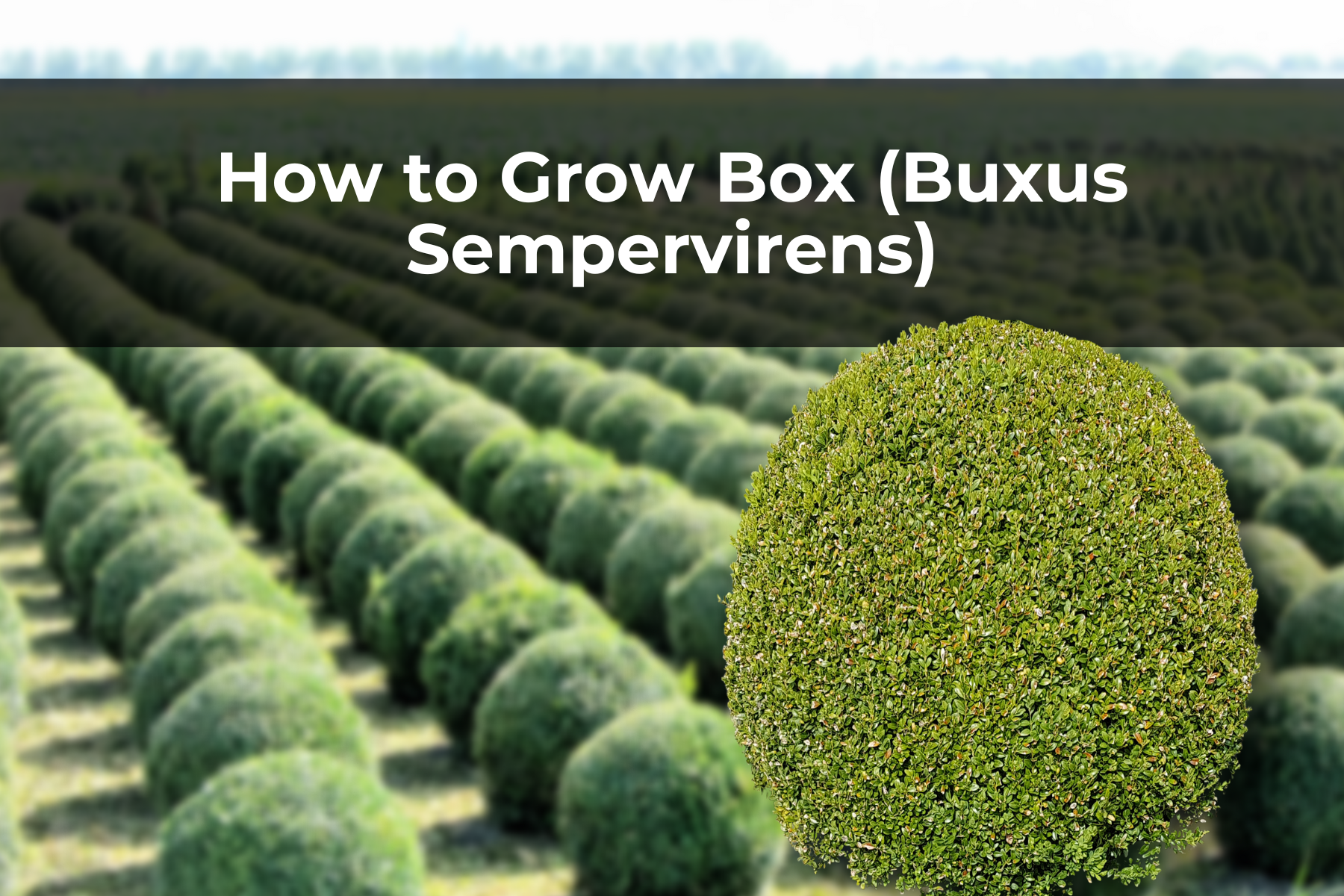Last Updated on June 12, 2023 by Real Men Sow
Box (Buxus Sempervirens), is a sturdy little shrub that can also survive in extremely dry soil. The plant will be less happy in wet areas. The box is a slow-growing plant that grows only a few inches per year. This makes it a great choice for a low hedge or border. Its dense growth and evergreen leaves make it a wonderful subject for topiary. The plant would be much better if the box hedge were properly planted.
Growing Buxus Plants
Start with the plantings. Buxus hedge plants grown in pots take longer to grow and cost more than those grown in the ground. Between November and March, plant plants with bare roots. If you cannot be present during those months, container gardening is the ideal alternative.
Ensure that the ground is appropriately prepared. A box hedge that is left unmaintained will still be beautiful after a few hundred years. By carefully excavating the earth, it will remain on track. You may remove weeds, roots, and stones and then add heaps of compost, horse manure, or other decomposed organic materials. A healthy hedge will include a significant amount of organic material.
Spacing
To calculate the required number of hedging plants for most box garden hedges multiply the hedge’s length in metres by 5. This gives you a spacing of 20cm (8 in). For example, a 20-metre box hedge would require 100 hedge plants.
It is best to measure the length of the hedge in metres, divided by 6 (16 cm/6.5 inches spacing). The length of tall hedges that are over 80 cm high is sufficient.
The containerized and rootballed plants that are larger than the smaller ones can be 30-50 cm wide depending on their size. These plants should be spaced at a minimum of 3 plants per metre to produce a continuous hedge.
Planting the Buxus Plant
In most cases, box plants will thrive. It can grow in clay or acid soils, sand, clay, boggy, or wet ground is the only place it will not grow well in. Although Box can grow wild in very exposed areas, it is not recommended for windy locations. If the soil is very clayey or sandy, you can work the ground into a friable soil by adding peat or compost to it.
It is best to plant box hedging plants with their soil at the same level as when they were dug. Planting pot-grown plants can be fertilised with bone meal and fertiliser. However, pot-grown plants are already fertilised by controlled release fertiliser.
After planting, water well and during hot dry conditions. Once established, the box can withstand severe droughts. The leaves can temporarily turn coppery-green if the soil is extremely dry or deficient in nutrients. The leaves will turn back green once the plant has received enough nutrients and water.
Growth Rates of Buxus Plants
Buxus Sempervirens can grow up to 6 inches per year once it is established. The growth rate will be lower in deep shade, poor soil, and exposed areas. Sometimes, clipped box hedges can look very old. Some box hedges that were planted in the seventeenth century, and then cut to 35 cm still look great with their original plants. Box hedges that have been clipped can reach up to 3 metres in height.
Old box trees have a slower growth rate and can reach 5-10m in height. The majority of buxus species sempervirens are named, while the other buxus species grow much slower than the buxus Sempervirens.
Trimming
Keep trimming the hedge to a minimum, until it reaches the desired height. This will allow the plants to grow as much as possible. The trees will naturally ‘fill out’ and eventually touch the ground. When the plants reach the height you want, trim the tops to just a few inches lower than the final level. This should be done in the middle of summer. Trim to shape in August and September of each year.
The clipped surfaces can get clogged up, especially at the top of the hedge after a while. This can reduce the airflow around the shoots. It is a good idea for some shoots to be trimmed every few years. This involves removing main stems approximately 6-12 inches below the hedge’s clipped surface. The rest of the branches will grow out to fill in any gaps and allow more light and air to enter the hedge. Trial and error will determine the exact number of shoots you should remove.

